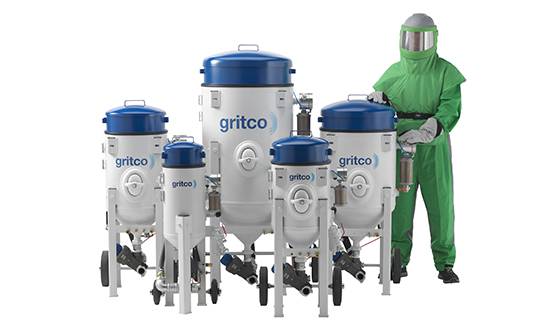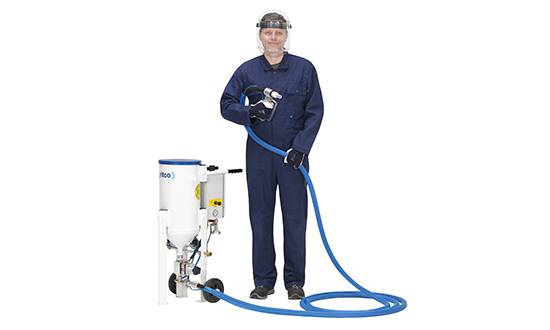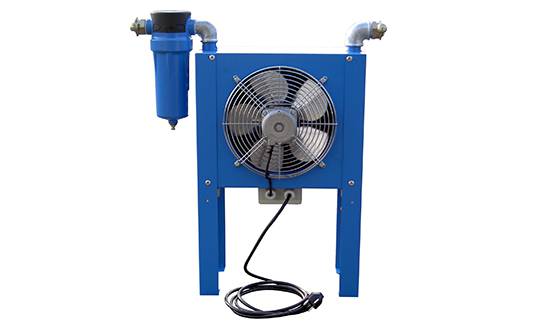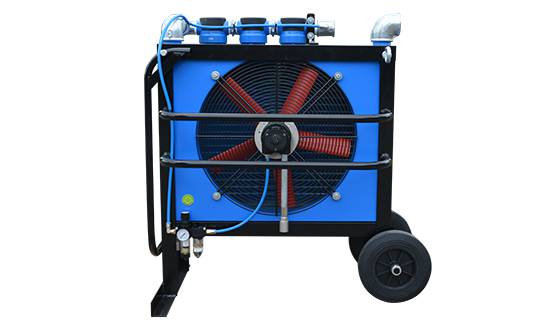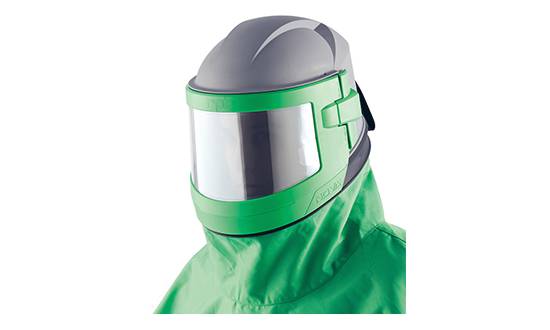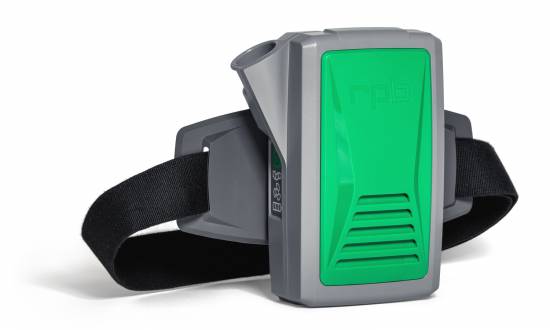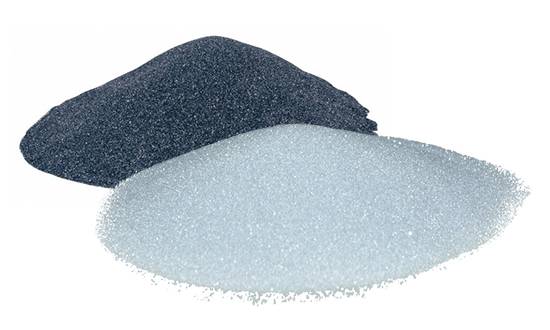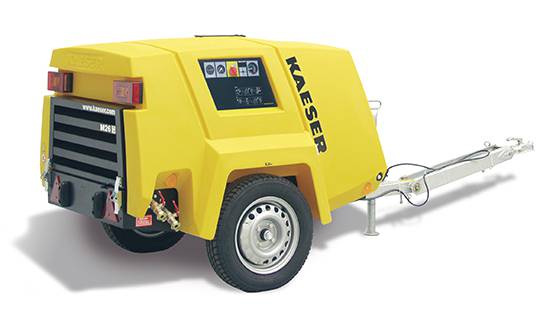Wood blasting
Quick removal of paint layers from wood (that has no uniform hardness) require craftsmanship and Gritco’s low, precisely set blasting pressures to preserve the soft wood grains.
Gritco’s high quality blast pots
For the blasting of wood very fine abrasive must be used with a low blasting pressure. A constant flow of abrasive is of great importance for the best uniform result. Gritco has developed special blastpots for this.
Gritco’s aftercoolers
When using very fine abrasives, dry compressed air is an absolute must. This prevents blockages in the blast pot and guarantees a constant metered flow. A cooler, possibly extended with filters, gives this dry air.
Gritco’s personal protection
The user must obviously be well protected against rebounding abrasive and dust. Because in restoration very low blasting pressures are used a blasting helmet is not immediately required. An airhood also provides an adequate protection.
The right choice of abrasives
A fine and sharp abrasive quickly removes old paint so that "digging" into the wood is prevented. In general one-pass abrasives will be used with grain sizes between 0.05 and 0.3 mm for a smooth result. When afterwards the wood is treated with a light or clear paint, e.g. white glass granulate is used to prevent discoloration by residual dust.
The right compressor
The simple fact, "more power = more work" also applies to the last part of the blasting chain, the compressor. With more air capacity you can work faster. But for blasting wood, precision is just as important and therefore smaller nozzles and low blasting pressures are used. The required compressor capacity therefore is often between 500 and 3000 l/min. More info about the size of compressors here.
The blasting chain




